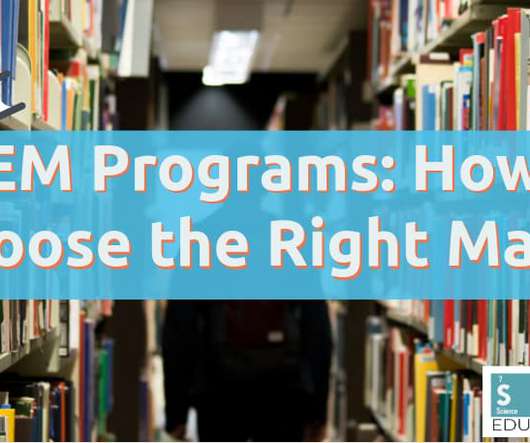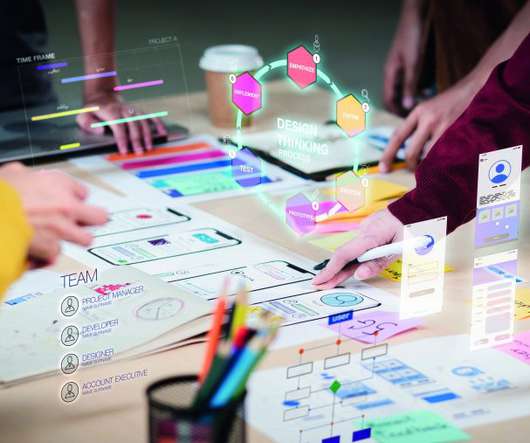Learning Pathways for District-Wide Integration of Skills for Innovation
ED Surge
NOVEMBER 15, 2022
This includes developing competency in social-emotional learning, design thinking and computational thinking, whether or not students eventually study computing or engineering or enter the information technology industry.













Let's personalize your content